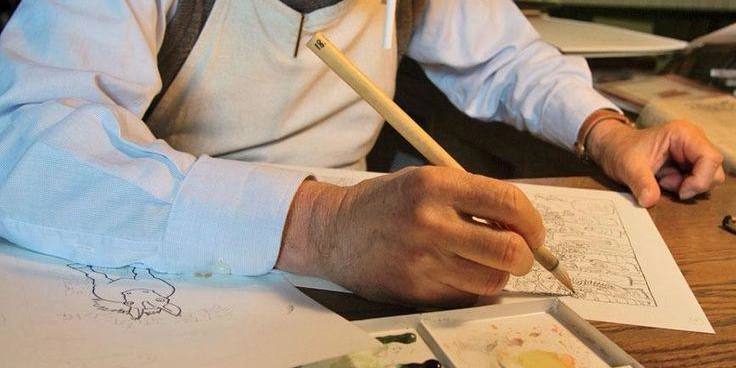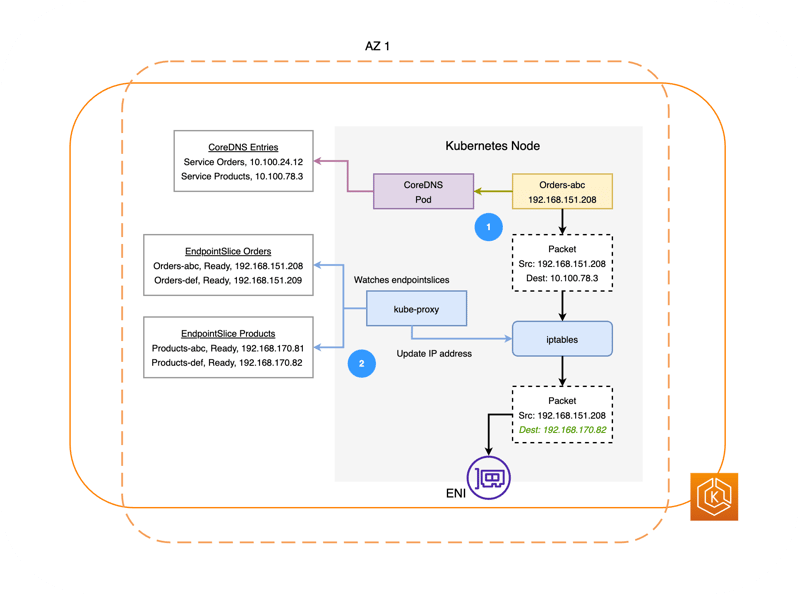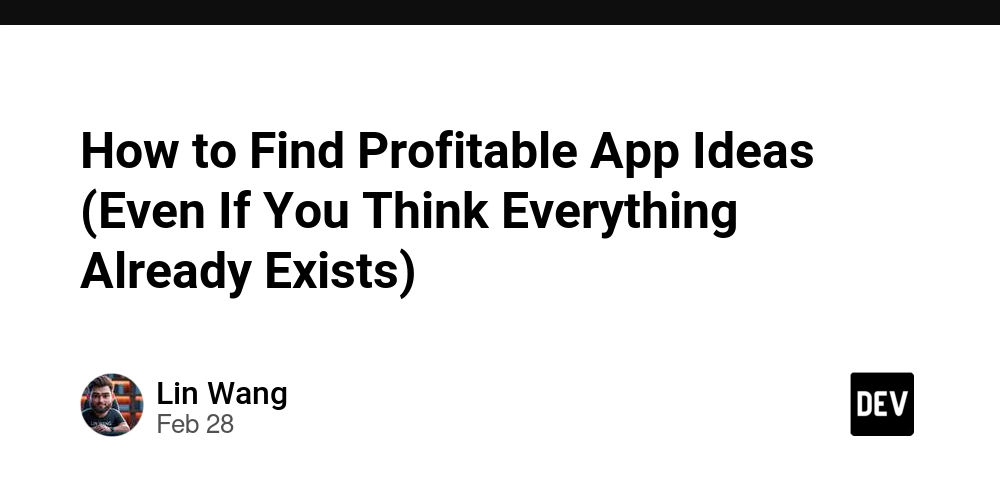The Ghibli and ChatGPT Fiasco: AI, Ethics, and Copyrights
Ah, but isn’t it all rather fascinating? Here we are, at the dawn of a new age, where Artificial Intelligence, sleek, efficient, and brimming with algorithmic precision, holds both promise and peril in its hands. It is, after all, a thing of contradictions: as sophisticated as a perfectly crafted soufflé, yet capable of mimicking our most human frailties. Rather than debating whether AI is inherently ethical, might it be more insightful to ask: What are we, in our curious ways, doing with this tool, one we have so carefully crafted to reflect ourselves? In our quest to build a machine that can think, paint, and write as we do, we find ourselves at a crossroads — one where we may discover that in the act of creating, we have perhaps outwitted ourselves. The case of Studio Ghibli’s artwork, gently stolen by AI and broadcast to the world, is an example of this new era. But first, the fundamentals: Is AI inherently ethical? Ah, the eternal question, except now, with a more pressing urgency. The answer, however, is simple in its complexity. No, AI is not inherently ethical. It is a tool. A tool devoid of intention, devoid of malice, devoid of any true understanding of the context within which it operates. Its morality, its capacity for right or wrong, is as null as the vast void that precedes creation itself. Ethics, the choice between good and bad, right and wrong, will, of course, be ours to make. That, I humbly think, is where we stand. On the precipice. The Human Touch, The Human Mistake You see, this is the rub. AI, in its cold precision, mimics our creativity, our brilliance, our art. But, like an echo in the mountains, it does so imperfectly. It is the wrong kind of mirror. Data, the lifeblood of this machine, is often born from our own biases, our own prejudices, and the failings we have yet to recognize. Take for instance, hiring algorithms which learn from historical data. If that data is inherently sexist or racist, what do we get in return? A magnification of our past mistakes. The machine may be indifferent, but it is not immune to human error. And therein lies the tension: the machine does not know it is wrong; it merely perpetuates our mistakes, repackaged with a sheen of objectivity. One can’t help but recall that old literary adage: “To err is human, to forgive divine.” Yet, AI can do neither, it cannot err in the human sense because it is too busy making decisions, and it cannot forgive, because it does not know how. The real challenge, then, is not only preventing AI from amplifying our worst instincts but in ensuring it doesn't wipe out the complexity of human error entirely. We need the balance; between machine and humanity, between objectivity and empathy, between the past and the future. The Ghibli Case: A Tale of Theft, or Merely Imitation? And then there’s Studio Ghibli. Ah, Ghibli, the warm, inviting embrace of the hand-drawn world. Hayao Miyazaki’s artistry is iconic, not merely for its visual style but for the deep humanity it captures. The world he created is one of ethereal beauty and emotional weight, a kind of place where nature, spirit, and soul entwine in a delicate ballet of narrative and imagery. But then the scandal. AI, in its infinite hunger, was fed Ghibli’s art and was instructed to mimic. It is the modern theft, a theft that may not even recognize itself as such. In 2023, ChatGPT and other AI art generators began to produce images that looked eerily like those drawn by the studio — no compensation, no permission, no acknowledgement. Just a perfect imitation. The artists were not at fault; the AI was. But the problem was not merely with the machine. The fault lies with the system that allowed it, our system, we allowed it. It raises a singular, pointed question: When AI produces something in the likeness of Ghibli’s work, who owns that output? Should Miyazaki, even in absentia, retain the right to say, “No, this is mine, and it cannot be used without my permission”? Or should we simply applaud the AI for its creativity and move on? Here’s the dilemma: Ghibli’s films are more than mere animation. They are cultural artifacts, each frame a testament to years of labor, artistry, and vision. When an AI can replicate that, is it creating art, or just stealing it, unknowing and uncaring, like a mindless copyist? The Ghost in the Machine In many ways, this is not just a question of law, though law must certainly come into it. It’s a question of soul. How far are we willing to let technology go in replicating or even replacing the human touch? Should we, as creators and consumers, cede more control to machines, or should we draw a line in the sand? The case of Ghibli highlights the broader issue, a cultural concern about the ethics of AI in creative industries. If we are to continue this march into the future, then it becomes clear that new frameworks for intellectual property must be created; frameworks that account for the possibility of AI "generating" art an

Ah, but isn’t it all rather fascinating? Here we are, at the dawn of a new age, where Artificial Intelligence, sleek, efficient, and brimming with algorithmic precision, holds both promise and peril in its hands. It is, after all, a thing of contradictions: as sophisticated as a perfectly crafted soufflé, yet capable of mimicking our most human frailties. Rather than debating whether AI is inherently ethical, might it be more insightful to ask: What are we, in our curious ways, doing with this tool, one we have so carefully crafted to reflect ourselves? In our quest to build a machine that can think, paint, and write as we do, we find ourselves at a crossroads — one where we may discover that in the act of creating, we have perhaps outwitted ourselves.
The case of Studio Ghibli’s artwork, gently stolen by AI and broadcast to the world, is an example of this new era. But first, the fundamentals:
Is AI inherently ethical? Ah, the eternal question, except now, with a more pressing urgency. The answer, however, is simple in its complexity.
No, AI is not inherently ethical. It is a tool. A tool devoid of intention, devoid of malice, devoid of any true understanding of the context within which it operates.
Its morality, its capacity for right or wrong, is as null as the vast void that precedes creation itself.
Ethics, the choice between good and bad, right and wrong, will, of course, be ours to make.
That, I humbly think, is where we stand. On the precipice.
The Human Touch, The Human Mistake
You see, this is the rub. AI, in its cold precision, mimics our creativity, our brilliance, our art. But, like an echo in the mountains, it does so imperfectly. It is the wrong kind of mirror. Data, the lifeblood of this machine, is often born from our own biases, our own prejudices, and the failings we have yet to recognize. Take for instance, hiring algorithms which learn from historical data. If that data is inherently sexist or racist, what do we get in return? A magnification of our past mistakes. The machine may be indifferent, but it is not immune to human error. And therein lies the tension: the machine does not know it is wrong; it merely perpetuates our mistakes, repackaged with a sheen of objectivity.
One can’t help but recall that old literary adage: “To err is human, to forgive divine.” Yet, AI can do neither, it cannot err in the human sense because it is too busy making decisions, and it cannot forgive, because it does not know how. The real challenge, then, is not only preventing AI from amplifying our worst instincts but in ensuring it doesn't wipe out the complexity of human error entirely. We need the balance; between machine and humanity, between objectivity and empathy, between the past and the future.
The Ghibli Case: A Tale of Theft, or Merely Imitation?
And then there’s Studio Ghibli. Ah, Ghibli, the warm, inviting embrace of the hand-drawn world. Hayao Miyazaki’s artistry is iconic, not merely for its visual style but for the deep humanity it captures. The world he created is one of ethereal beauty and emotional weight, a kind of place where nature, spirit, and soul entwine in a delicate ballet of narrative and imagery.
But then the scandal. AI, in its infinite hunger, was fed Ghibli’s art and was instructed to mimic. It is the modern theft, a theft that may not even recognize itself as such. In 2023, ChatGPT and other AI art generators began to produce images that looked eerily like those drawn by the studio — no compensation, no permission, no acknowledgement. Just a perfect imitation. The artists were not at fault; the AI was. But the problem was not merely with the machine. The fault lies with the system that allowed it, our system, we allowed it. It raises a singular, pointed question: When AI produces something in the likeness of Ghibli’s work, who owns that output? Should Miyazaki, even in absentia, retain the right to say, “No, this is mine, and it cannot be used without my permission”? Or should we simply applaud the AI for its creativity and move on?
Here’s the dilemma: Ghibli’s films are more than mere animation. They are cultural artifacts, each frame a testament to years of labor, artistry, and vision. When an AI can replicate that, is it creating art, or just stealing it, unknowing and uncaring, like a mindless copyist?
The Ghost in the Machine
In many ways, this is not just a question of law, though law must certainly come into it. It’s a question of soul. How far are we willing to let technology go in replicating or even replacing the human touch? Should we, as creators and consumers, cede more control to machines, or should we draw a line in the sand?
The case of Ghibli highlights the broader issue, a cultural concern about the ethics of AI in creative industries. If we are to continue this march into the future, then it becomes clear that new frameworks for intellectual property must be created; frameworks that account for the possibility of AI "generating" art and whether that art truly belongs to the AI creators or to the humans whose data fed it. Can an AI have a claim to a “style,” or is the style forever and exclusively tied to the human mind that created it?
But perhaps the answer is a bit more prosaic than we might imagine. After all, human creativity is an inherently messy affair, full of failure, unpredictability, and contradictions. And if AI is allowed to become too neat, too precise in its creations, we might find that it is not art that is truly produced, but something far colder. Perhaps, as in all things, there must be room for error, for the human touch that no algorithm can yet replicate, and certainly not replace.
The Future: A Collaboration?
So, as we stand on the edge of this brave new world where AI can replicate the Ghibli style or write entire novels perhaps even compose symphonies, we must ask ourselves: What do we value? Do we value the authenticity of human creation, with all its flaws, mistakes, and beauty? Or are we content with letting the machine take over?
The Ghibli incident is a snapshot, a microcosm of the larger conversation about AI and copyright. And, perhaps, it’s also a call to action to protect what is ours, to understand what is truly valuable in art. The AI is a tool, not the artist after all. It is, at its core, an imitation. The question we must ask ourselves is: Do we want to be imitated? Or do we want to preserve our own place in this rapidly changing world?
The story of Ghibli and AI isn’t just about copyright, it’s about preserving what is human in the face of the post-human.











































































































































































![[The AI Show Episode 142]: ChatGPT’s New Image Generator, Studio Ghibli Craze and Backlash, Gemini 2.5, OpenAI Academy, 4o Updates, Vibe Marketing & xAI Acquires X](https://www.marketingaiinstitute.com/hubfs/ep%20142%20cover.png)




























































































































![[DEALS] The Premium Learn to Code Certification Bundle (97% off) & Other Deals Up To 98% Off – Offers End Soon!](https://www.javacodegeeks.com/wp-content/uploads/2012/12/jcg-logo.jpg)


![From drop-out to software architect with Jason Lengstorf [Podcast #167]](https://cdn.hashnode.com/res/hashnode/image/upload/v1743796461357/f3d19cd7-e6f5-4d7c-8bfc-eb974bc8da68.png?#)








































































































.png?#)

































_Christophe_Coat_Alamy.jpg?#)
 (1).webp?#)





































































































![Apple Considers Delaying Smart Home Hub Until 2026 [Gurman]](https://www.iclarified.com/images/news/96946/96946/96946-640.jpg)
![iPhone 17 Pro Won't Feature Two-Toned Back [Gurman]](https://www.iclarified.com/images/news/96944/96944/96944-640.jpg)
![Tariffs Threaten Apple's $999 iPhone Price Point in the U.S. [Gurman]](https://www.iclarified.com/images/news/96943/96943/96943-640.jpg)




































































































































